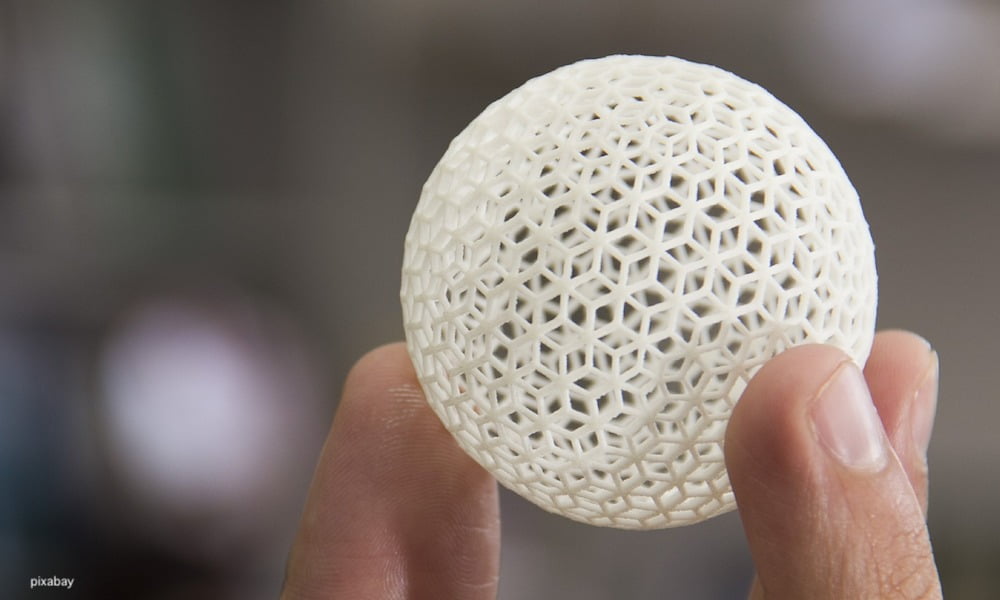Technology
What Does 3D Printing Mean for Manufacturing?

The manufacturing industry has always had to keep up with the latest technological innovations. It is a better and more sophisticated technology that has enabled us to expand our horizons when manufacturing. We can see the effects of this all around us; from the products that we buy to the fixtures in restaurants, every little object that we encounter in our day-to-day life results from centuries of development and advances in manufacturing.
3D printing is just the latest of many technologies that have radically transformed how we think about manufacturing. 3D technology is still in its infancy but is already producing some pretty spectacular results. Anyone who keeps up with Thingiverse news will know just how many possibilities are already out there. We already have 3D printers capable of producing replacement organs such as kidneys, and NASA has plans to send a 3D printer to the moon to print out a moon base.
Of course, consumer 3D printers can only do so much at the moment. However, they are becoming more sophisticated and cheaper with each passing year, as are all the 3D printers available to big businesses. 3D printing will change the world of manufacturing in several different ways, and we have highlighted some of the key ones below.
Lower Costs
One of the biggest advantages of using 3D printing for manufacturing is that businesses can save a significant amount of money. Traditional manufacturing methods are costly when compared to 3D printing. The costs of setting up an industrial 3D printing operation are not insignificant, but once it is up and running, it is much cheaper to maintain than traditional manufacturing lines.
Reducing costs is an ongoing concern for any business, so a 3D printing ability to help manufacturers save money is sure to contribute to its ongoing adoption.
Less Risk
3D printed objects are created from digital blueprints. Therefore, it is straightforward to prototype and test out designs so that other manufacturing methods don’t allow for. It is also cheap and easy to tweak and design, and then produce another prototype. When using traditional manufacturing methods, the cost of producing another prototype means that it is only practical to do when absolutely necessary.
Failures are Cheaper and Easier to Fix
3D printers are not perfect. Occasionally, there will be a problem with a particular run. However, they do not require the same level of maintenance as traditional manufacturing hardware. A 3D printer is often slower than the other methods, but it is more reliable overall. When a 3D printing run does go wrong, it is easy to set it up and rerun it again.
Reduce Time to Market
Because it makes the entire prototyping phase easy, 3D printing can significantly reduce the time it takes to get a product to market. In some cases, manufacturers could be reducing their lead time from months to days.
3D printing could one day completely transform the world of manufacturing. It is already making a significant difference in how both consumers and businesses think about manufacturing products.






